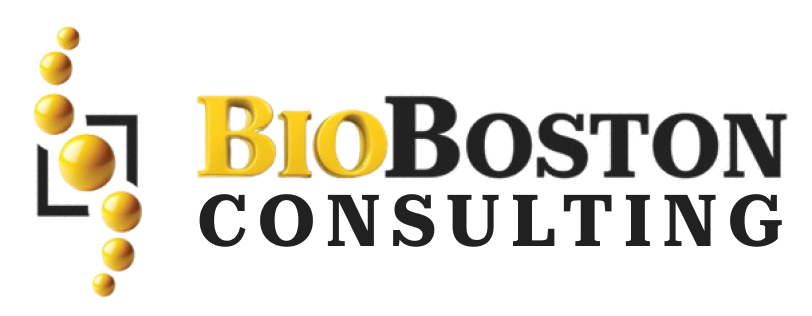In vitro diagnostics (IVDs) are crucial for detecting diseases, conditions, and infections through tests conducted outside the human body. The accuracy and reliability of these tests are fundamental for patient safety, making the establishment and maintenance of a robust Quality Management System (QMS) essential. This article will explore the critical elements of creating and maintaining an effective QMS for IVD devices, focusing on regulatory compliance, core processes, and best practices. By following these guidelines, manufacturers can ensure their IVD products are safe, effective, and compliant with the latest regulatory standards, leading to improved patient outcomes and enhanced product performance.
The Importance of a Robust QMS for IVDs
The development of IVD devices requires stringent adherence to quality standards throughout the product life cycle, from design and manufacturing to post-market surveillance. A well-established QMS serves as the foundation for ensuring consistent product quality, safety, and regulatory compliance. It covers all aspects of the manufacturing process, including risk management, supplier management, and corrective and preventive actions. A strong QMS is also vital for maintaining transparency, traceability, and documentation, ensuring that any issues can be swiftly identified and addressed.
Regulatory Landscape for IVDs in the European Union
The In Vitro Diagnostic Regulation (IVDR) governs IVD devices in the European Union. It categorizes IVDs based on the risks they present to patients and healthcare professionals, ranging from Class A (low risk) to Class D (high risk). Each class has varying levels of scrutiny and regulatory requirements, with more stringent oversight for higher-risk devices. Manufacturers must comply with the IVDR to ensure their products meet the necessary safety and performance standards.
Key requirements under the IVDR include:
- Conformity Assessment: Depending on the device class, manufacturers may need to undergo a conformity assessment conducted by a Notified Body.
- Clinical Performance Evaluation: Evidence of clinical performance is essential, particularly for higher-risk devices.
- Post-Market Surveillance: Ongoing monitoring of device performance after it enters the market is crucial for maintaining patient safety and regulatory compliance.
The Role of ISO 13485 in QMS Implementation
ISO 13485 is the internationally recognized standard for quality management systems in the medical device industry, including IVDs. It provides the framework for developing a QMS that ensures product quality and regulatory compliance throughout the entire product lifecycle. Key components of ISO 13485 include:
- Document Control: Ensuring that all documentation is accurate, up-to-date, and accessible for regulatory audits.
- Risk Management: Identifying, assessing, and mitigating risks associated with IVD devices.
- Supplier Management: Ensuring that suppliers meet regulatory requirements and provide quality components for manufacturing.
- Corrective and Preventive Actions: Establishing processes to address any non-conformities and prevent future occurrences.
- Training: Providing ongoing training to staff to maintain compliance with regulatory and quality standards.
The Introduction of Unique Device Identification (UDI) under IVDR
A significant update under the IVDR is the introduction of Unique Device Identification (UDI). This system assigns a unique identifier to each IVD device, enhancing traceability and post-market surveillance. It is crucial for manufacturers to implement UDI procedures to comply with the regulation, which involves labeling, data management, and reporting requirements.
The Critical Role of Risk Management in IVD Development
Risk management is a cornerstone of the IVD development process. By systematically identifying and evaluating risks, manufacturers can ensure that their devices are safe and perform as expected. ISO 14971, the international standard for risk management, is often used in conjunction with ISO 13485 to guide the risk management process.
Post-Market Surveillance: Ensuring Long-Term Product Safety
Post-market surveillance is essential for maintaining the safety and performance of IVD devices throughout their lifecycle. It includes monitoring real-world performance, reporting adverse events, and implementing corrective actions when necessary. Under the IVDR, manufacturers are required to establish and maintain an effective post-market surveillance system, particularly for WHO-prequalified IVDs, which require ongoing monitoring to ensure their continued safety and efficacy.
Why Choose BioBoston Consulting for Your IVD Compliance Needs?
Navigating the complex landscape of regulatory requirements and quality management systems for IVD devices can be challenging. BioBoston Consulting offers expert guidance to help manufacturers ensure their IVD products are compliant with regulatory standards and meet the highest quality standards. Whether you are looking for assistance with IVDR compliance, ISO 13485 certification, risk management, or post-market surveillance, our team is equipped to support your success.
Contact BioBoston Consulting today to ensure your IVD devices meet regulatory standards and deliver safe, effective solutions for patient care. Let us help you build a robust Quality Management System tailored to your unique needs.
By partnering with BioBoston Consulting, you can streamline your IVD product development process and ensure regulatory compliance at every stage. Let us help you achieve excellence in your IVD manufacturing process. Reach out now for a consultation!

